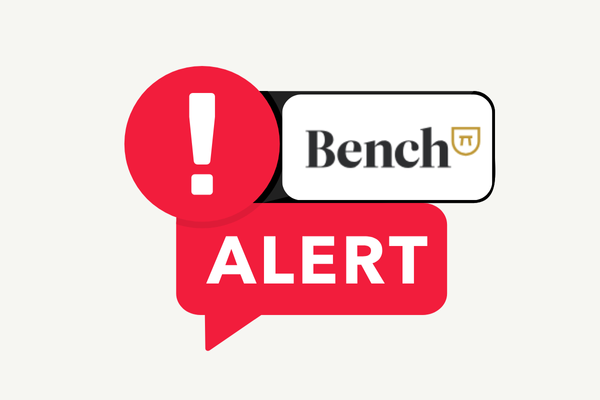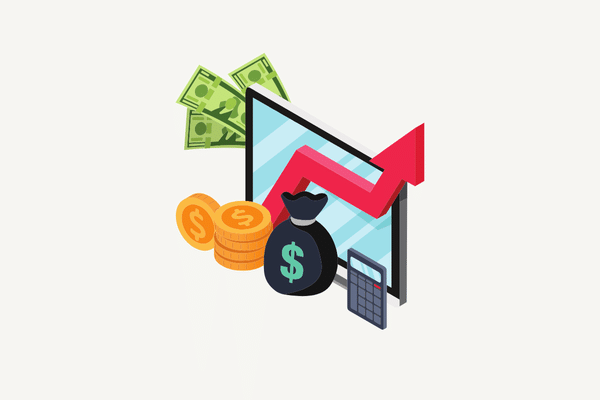
As 2024 approaches, independent contractors and freelancers have a limited window to finalize their year-end tax planning. Proactive tax strategies can save you thousands, help you avoid penalties, and set you up for success in the new year.
At Insogna CPA, a leading Austin, TX accountant, we specialize in helping small business owners and freelancers navigate these critical steps. This checklist outlines everything you need to know to optimize your taxes before December 31.
1. Review Your Business Structure
The type of business entity you operate—sole proprietorship, LLC, or S-Corp—affects your tax liability.
- Why It Matters:
- LLCs and S-Corps can offer tax advantages such as self-employment tax savings and liability protection.
- S-Corps allow you to split income into a salary and dividends, reducing overall taxes.
- Action Step: Consult a trusted CPA in Austin, Texas to determine if forming an LLC or electing S-Corp status is right for you in 2024.
2. Catch Up on Estimated Tax Payments
The IRS requires 1099 earners to make quarterly payments. Missing these deadlines can result in penalties.
- How to Check:
- Add up your total income and calculate taxes owed so far.
- Compare with your payments made this year.
- Use IRS Form 1040-ES to identify any shortfalls.
- Action Step: Make catch-up payments by January 15, 2024, to avoid penalties. Need guidance? Contact an Austin small business accountant for tailored advice.
- Maximize Retirement Contributions
Retirement contributions are an excellent way to lower taxable income while preparing for your future.
- Options for 1099 Earners:
- Solo 401(k): Contribute up to $22,500 ($30,000 if over 50) as an employee, plus up to 25% of profits as an employer, capped at $66,000.
- SEP IRA: Deduct up to 25% of net earnings, with a $66,000 limit.
- Traditional IRA: Contribute $6,500 ($7,500 if over 50), subject to income limits.
- Action Step: Maximize your contributions before year-end with guidance from an experienced tax advisor in Austin.
4. Claim End-of-Year Deductions
Deducting eligible expenses lowers your taxable income, reducing your overall tax bill.
- Common Deductions for 1099 Earners:
- Home office expenses are proportional to square footage.
- Business equipment or software purchased before December 31.
- Professional development, mileage, and travel costs.
- Action Step: Use a reliable Austin accounting service to audit your records and ensure you don’t miss valuable deductions.
5. Invest in Your Business
Year-end is the perfect time to make business purchases that reduce your taxable income and support growth.
- Examples of Strategic Investments:
- Upgrade office technology such as computers or software.
- Prepay for professional subscriptions, memberships, or marketing services.
- Purchase inventory or materials needed for early 2024.
- Bonus Tip: Leverage Section 179 to deduct the full cost of qualifying equipment. A CPA South Austin professional can guide you through this process.
6. Audit-Proof Your Records
Maintaining organized records ensures compliance and maximizes deductions.
- Steps to Take:
- Ensure receipts, invoices, and mileage logs are complete.
- Reconcile accounting software with bank statements.
- Verify all records meet IRS standards with support from a top accounting firm in Austin, Texas like Insogna CPA.
7. Plan for Healthcare Costs
Medical expenses exceeding 7.5% of your adjusted gross income can be deducted.
- Action Step: Pay outstanding bills or schedule elective procedures before December 31 to maximize this deduction. Work with an Austin TX CPA firm for detailed advice.
Why Work with Insogna CPA?
At Insogna CPA, one of the best CPA firms in Austin, we simplify year-end tax planning for 1099 earners. Here’s how we help:
- Proactive Planning: From business restructuring to retirement contributions, we ensure you’re prepared for deadlines.
- Tailored Strategies: Our Austin accounting services align with your income trends and industry-specific needs.
- Audit-Ready Documentation: Our team ensures your records are accurate and IRS-compliant.
The clock is ticking on your 2024 tax strategy. Don’t leave money on the table—partner with Insogna CPA, a trusted accounting firm in Austin, to take control of your taxes.
Contact us today to create a personalized plan and discover why we’re one of the top accounting firms in Texas for freelancers and small business owners.






